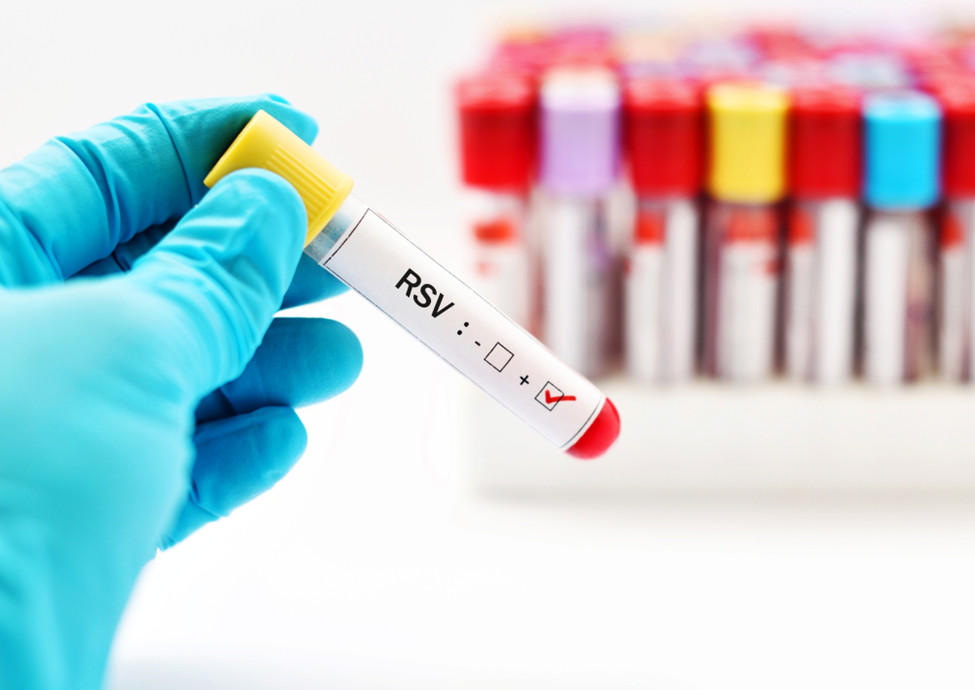FDA has granted an Emergency Use Authorization (EUA) for the combined test of the BD MAX Molecular Diagnostic System by Becton, Dickinson, and Company for SARS-CoV-2, influenza A+B, and respiratory syncytial virus. respiratory tract (RSV).

The test involves a single nasal swab or nasopharyngeal swab to determine if a patient has COVID-19, influenza, RSV, or a combination of the three viruses. This system is an RT-PCR test that detects and distinguishes nucleic acids of SARS-CoV-2, influenza A, influenza B and RSV in just 2 hours to get initial test results.
Nikos Pavlidis, vice president of Molecular Diagnostics at BD, said: “Although fears of a 'triple pandemic' this respiratory season have largely subsided, the precise distinction of influenza has not yet been achieved. and RSV with COVID-19 and providing appropriate treatment remains a challenge for our customers.” "This diagnostic test provides the ability to identify multiple pathogens using a single sample and can rapidly identify the causative virus or virus and allows clinicians to appropriate treatment early in the course of the infection."
The new molecular diagnostic test could eliminate the need for multiple tests or visits to the doctor, and could allow providers to start the correct treatment process faster. Co-testing can also help improve testing capacity during peak respiratory transmission seasons and speed up the time to diagnosis.
The BD MAX system is already in use in thousands of hospitals and laboratories around the world and can analyze hundreds of samples in a 24-hour period, according to BD. According to the EUA, this test has not been approved or approved by the FDA but is authorized for emergency use by authorized laboratories.
The test is only allowed to detect and differentiate nucleic acids of SARS-CoV-2, influenza A, influenza B and RSV and is not used to detect any other viruses or pathogens.
This test follows the launch of Roche's new COVID-19 polymerase chain reaction (PCR) test that specifically targets the XBB.1.5 Omicron subvariant and runs on the LightCycler 480 II real-time PCR platform and cobas z480. 2
The test, called VirSNiP SARS-CoV-2 Spike F486P, is for research purposes only and specifically targets the unique mutation F486P found in the XBB.1.5 Omicron sub-variant. Typical clinical specimens are throat and nasopharyngeal swabs, sputum, saliva, or gargle solution.
The ability to test for and differentiate the new COVID-19 sub-variant will help experts make predictions about the spread and respond with tailored treatment strategies. In particular, the XBB.1.5 variant is popular in the US and is rapidly spreading to other countries
These new testing options can help service providers quickly quell outbreaks caused by the combined effects of all three seasonal illnesses.